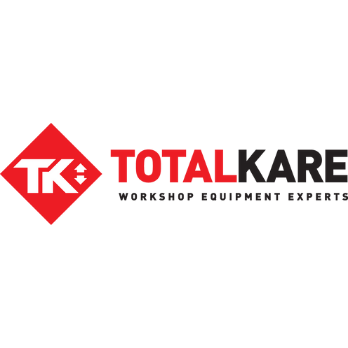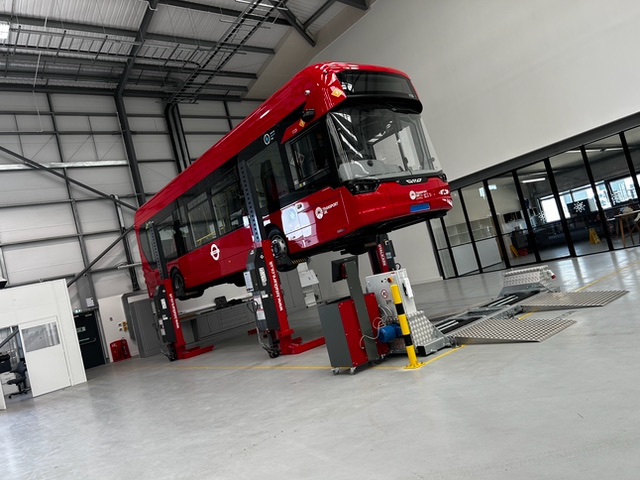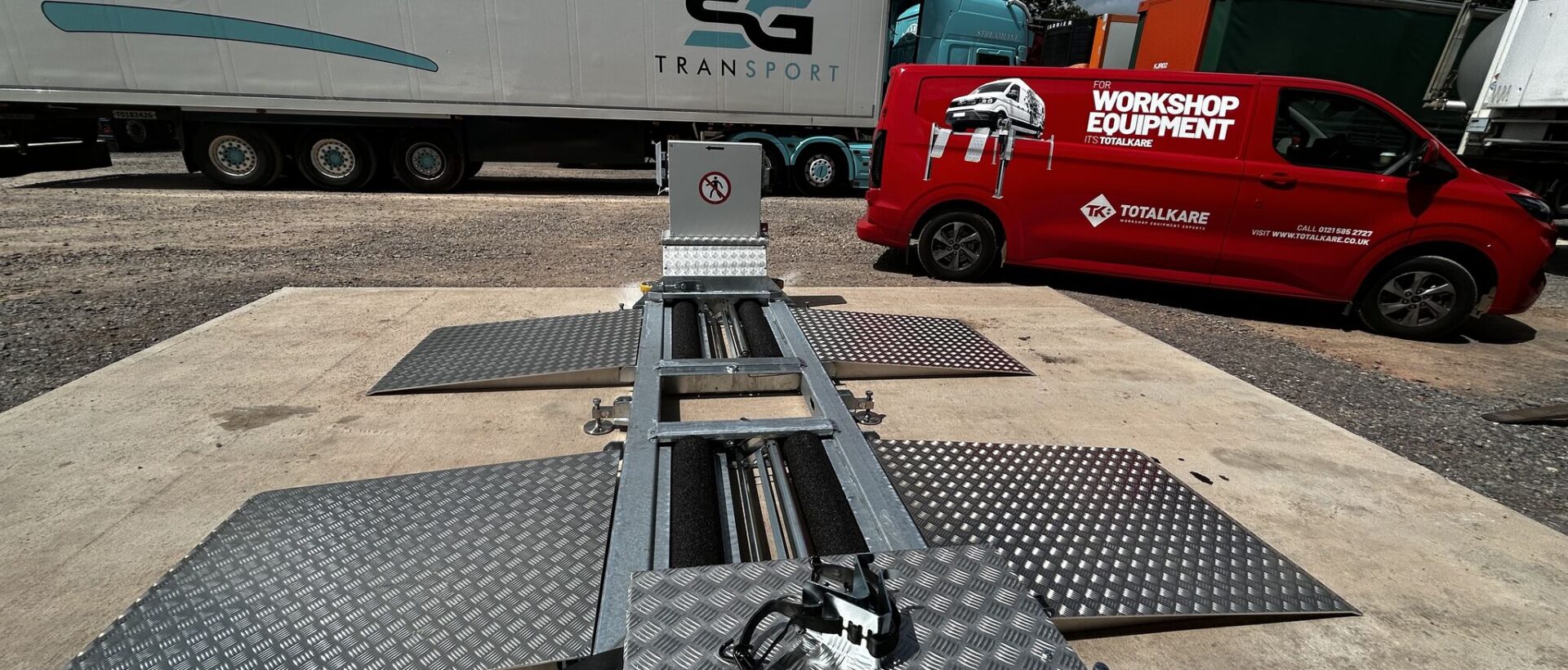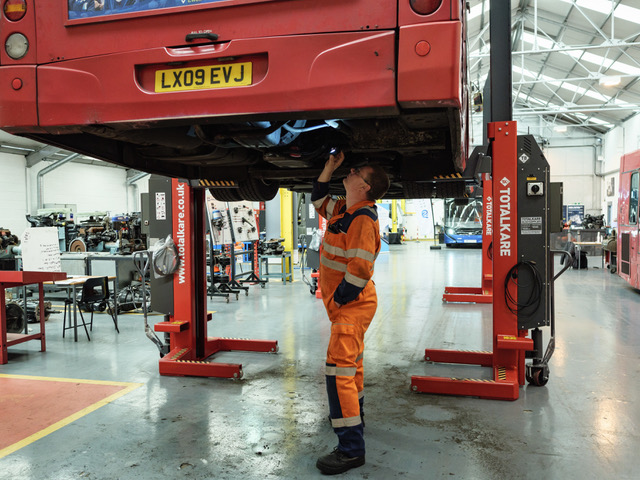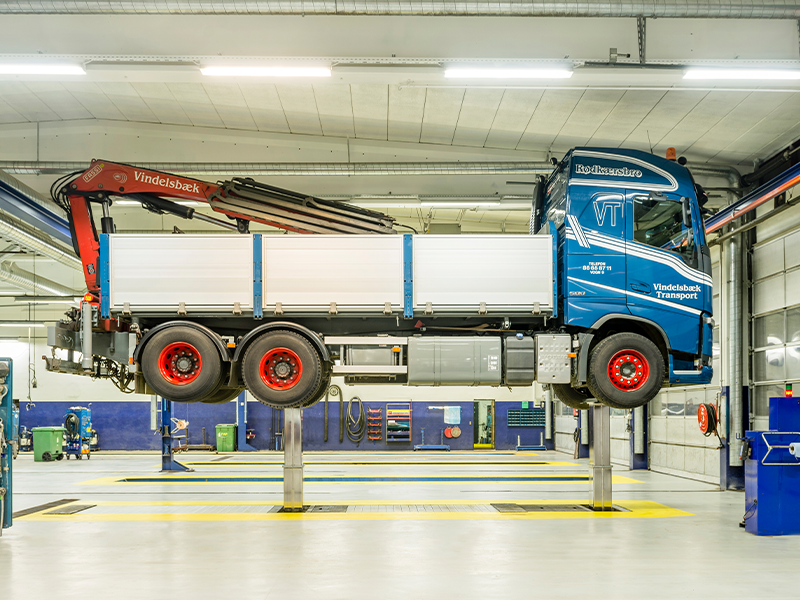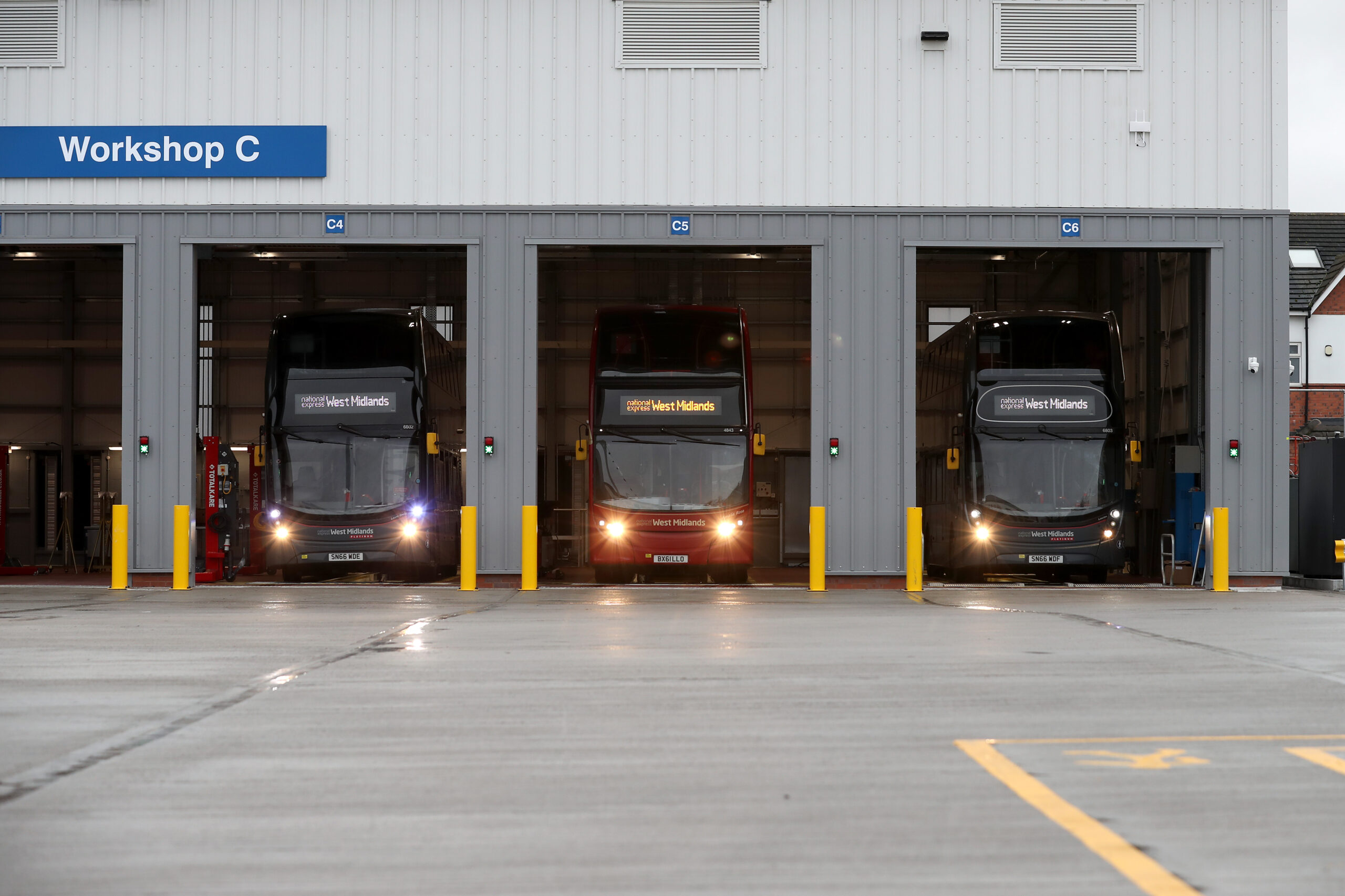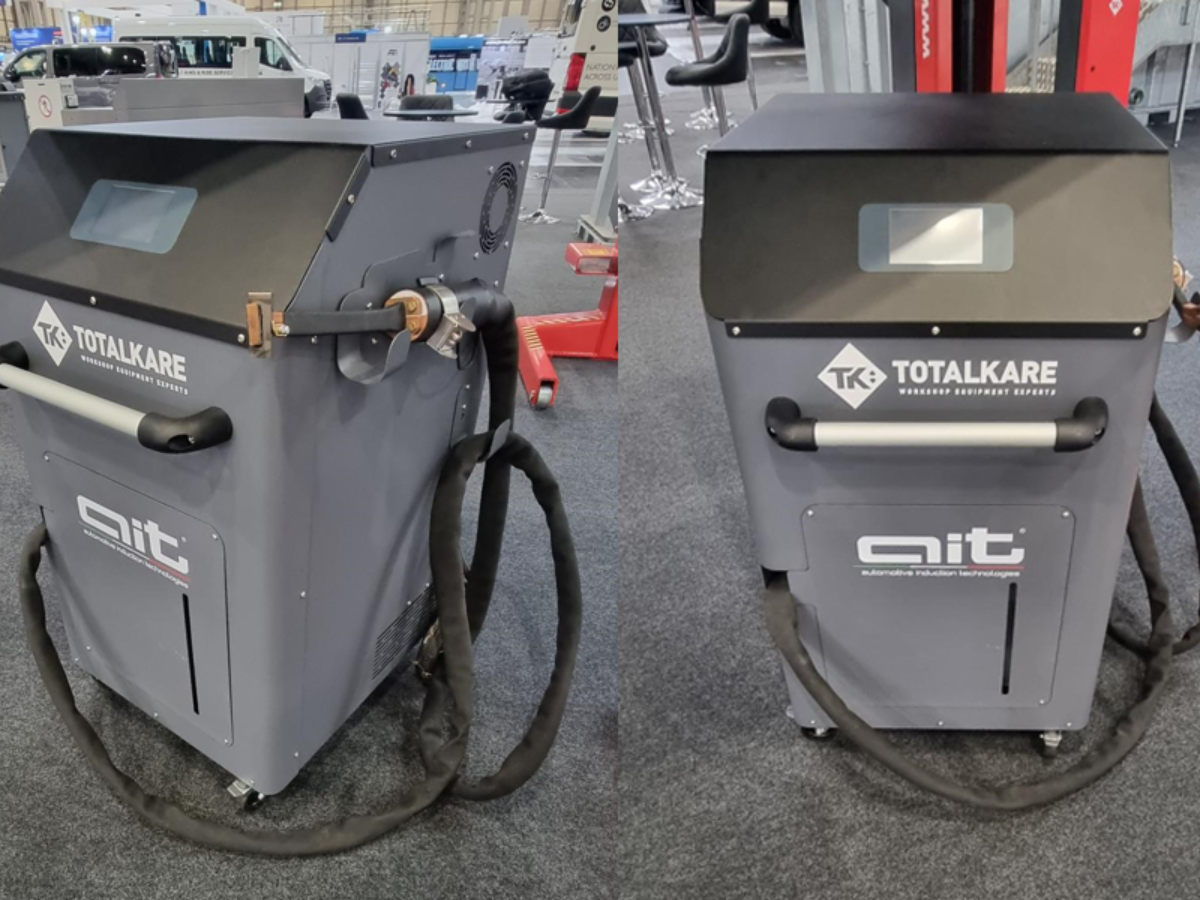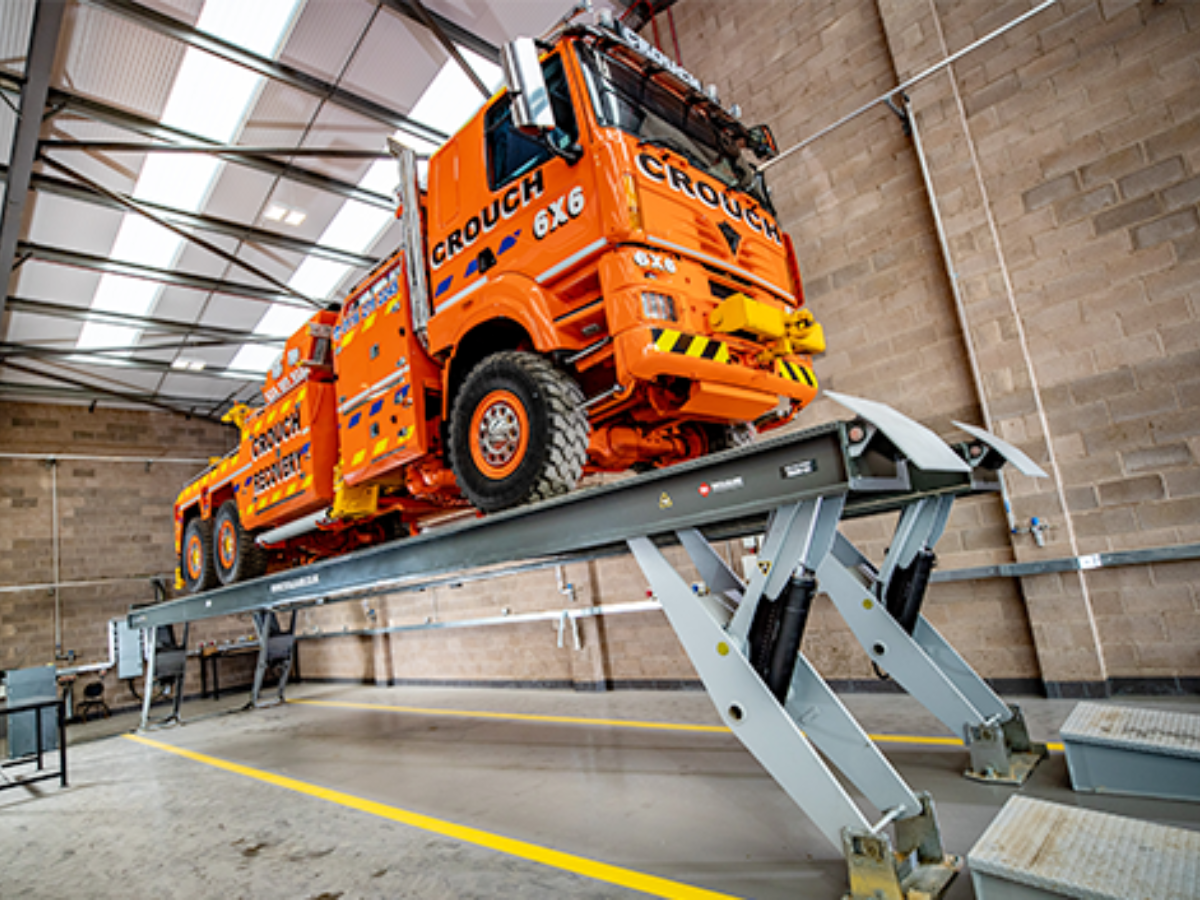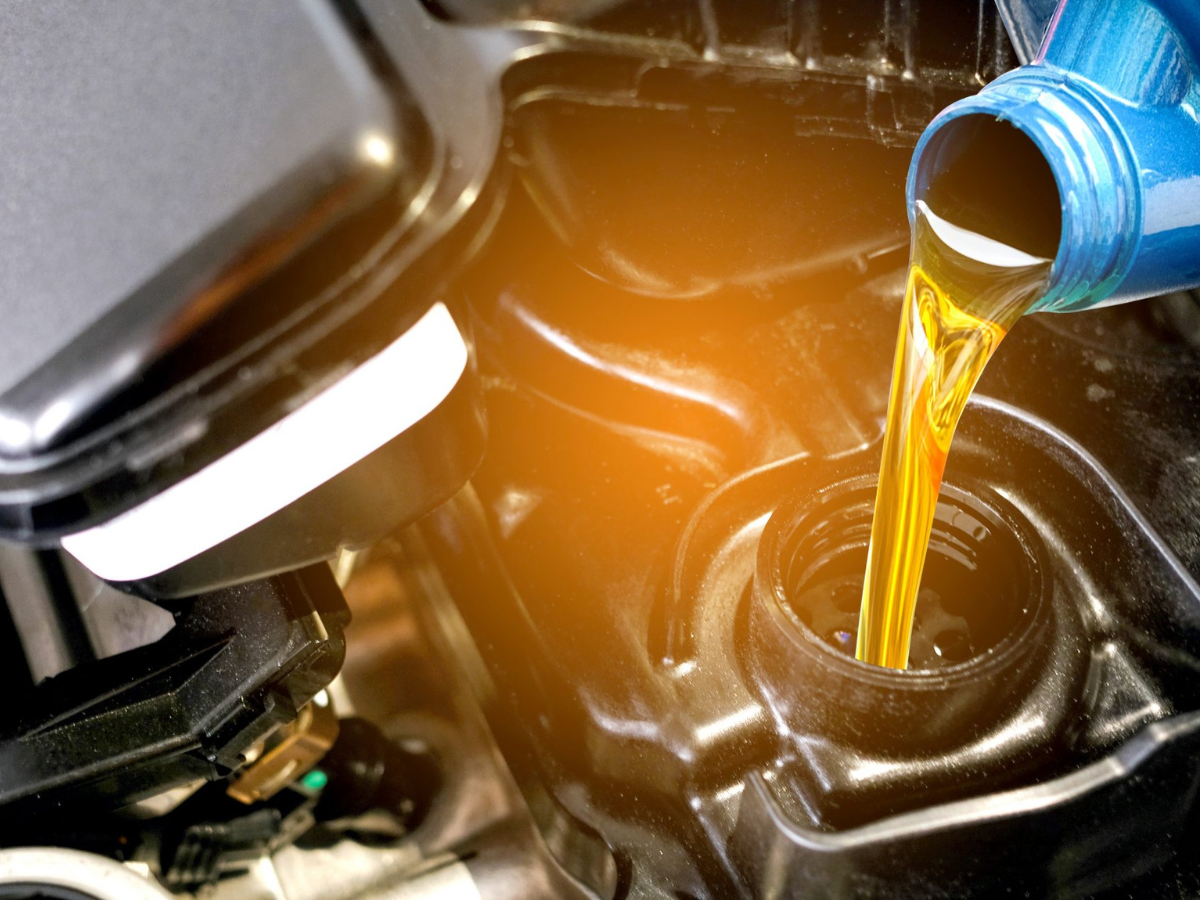We’ve sold a lot of mobile column lifts over the decades. And in that time, we’ve spoken to thousands of workshops and fleet owners all over the country.
But no matter where we go, we hear the same misconceptions about mobile column lifts popping up — about how they work, what they’re good for, and what their limits are.
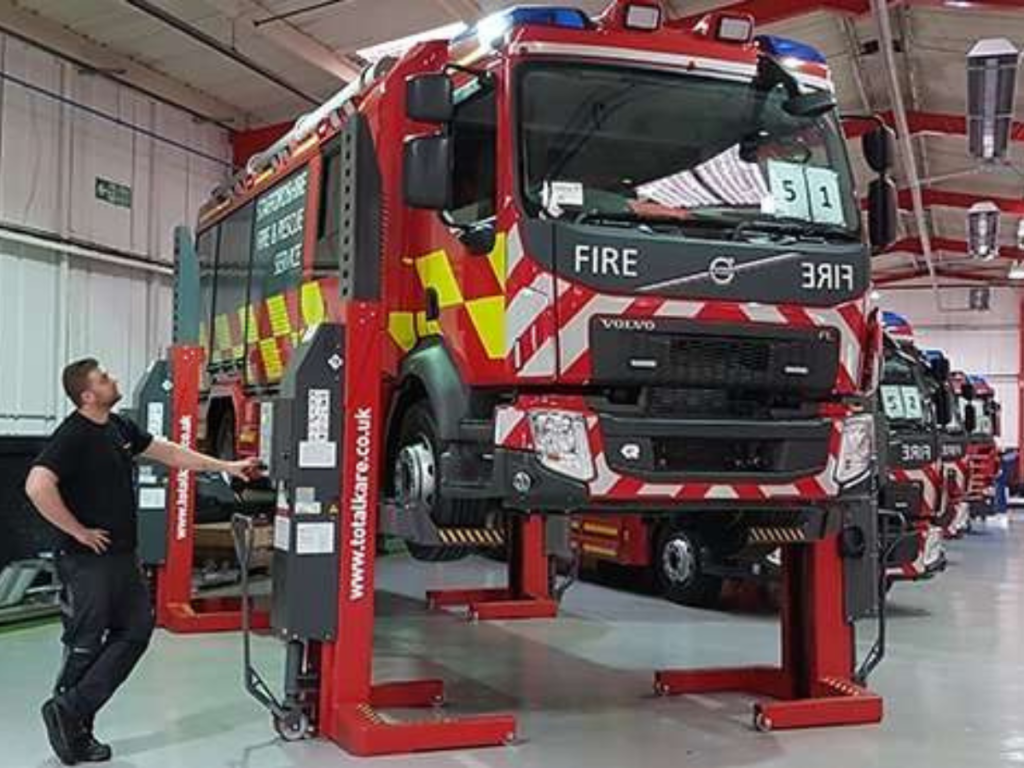
Here are 5 of the most common myths about our lifts — and why they’re just not true:
1. “They’re Not as Strong as Other Lifts.”
We can see the logic behind this myth:
Mobile things are smaller, and smaller things aren’t as powerful. Right?
But when it comes to mobile column lifts, that logic doesn’t hold true.
Our Totalkare Mobile Column Lifts are capable of lifting some of the heaviest vehicles around — easily on par with a traditional fixed-installation lift, and often even more.
So where does this misconception come from?
Part of it comes from the idea that smaller things aren’t as strong. But a big part of it comes from the difference in how their capacity is measured.
Each column comes with a lifting capacity of 7,500kg. It’s not as impressive as the numbers you see on some other heavy-duty vehicle lifts. But because a mobile column lift works in sets of columns, that capacity gets multiplied by the number of columns in use.
So even with the smallest configuration of 4 lifting columns, you’re looking at a total lifting capacity of 30,000kg.
And with the largest configuration of 8 columns?
We’re talking about a vehicle lift that can handle 60,000kg — which is far higher than many other traditional fixed lifts out there.
2. “They’re Not as Safe as Other Lifts.”
At first glance, you might think this makes sense.
There’s something reassuring about a piece of kit that’s bolted into concrete: something that’s permanently attached and never gets moved around.
But in reality, a mobile column lift has been carefully engineered to perform its job safely without the need for a fixed installation.
Our mobile column lifts have been in action for over 40 years, helping thousands of workshops and fleet owners to complete hundreds of thousands of lifting jobs safely and efficiently.
And during all that time, we’ve been continually refining and improving the design and functionality, adding new technology and modern safety features to every new iteration we develop.
So we can say this with confidence:
When it’s used correctly by a trained individual, our mobile column lifts are some of the safest pieces of workshop gear around.
3. “They’re Not Meant for Longer Vehicles.”
Fixed-installation lifts often come with platforms and rails with a definite length. It’s easy to picture the type of vehicle it can handle — and one quick look at the platform length will tell you exactly how long your vehicles can be.
But until you’ve seen a mobile column lift in action, it’s not as easy to imagine the kind of vehicles it can lift.
We’ve already talked about how mobile column lifts work in sets of up to 8. That’s one column per wheel — which means they’re designed to lift vehicles that can have up to 8 wheels.
That includes some of the longest lorries, coaches, buses, and tippers out there.
And in fact, a set of mobile column lifts can actually give you more options for longer vehicles than a standard fixed lift.
Because a mobile column lift works with separate columns for each wheel, you’re not constrained by the length of the platforms and rails you find on fixed lifts. As long as you’re using enough columns to safely support the axles, the overall length of the vehicle has hardly any impact on whether you’re able to lift it.
4. “They’re Difficult to Set Up.”
Again, we can see why some people might think this.
With a fixed lift, you’re driving the vehicle onto a platform or rails. That sounds like the simpler option, with an easy visual target to aim for as you drive.
But with a set of mobile column lifts, it’s actually even easier.
You’re not bringing a heavy vehicle to a lift. You’re bringing the lift to the vehicle, wheeling each column into position around the wheels of a static vehicle.
There’s no careful manoeuvring of a heavy-duty vehicle, and no added risk of a vehicle in motion. It’s as simple as moving a lift that’s designed to be mobile — and following your mobile column lift training to ensure you’re attaching and lifting in the correct way.
5. “You Can’t Access the Wheels.”
This myth has the most truth to it — but it’s still not completely true.
Just like any other vehicle lift that lifts from the vehicle’s wheels (whether that’s a mobile column lift or the platforms of a fixed lift), you’ll have limited access to the wheelbase while the vehicle is raised.
But with a mobile column lift, there’s a solution that a fixed lift can’t offer you:
With the use of a Totalkare Axle Stand, you’ll be able to keep the vehicle supported while you remove a single column lift — giving you full access to a single wheel of the vehicle while it’s raised up.
By removing and replacing each column lift one at a time (and using an Axle Stand in each new position to keep the vehicle supported), you can gain access to each wheel in sequence, without needing to lower the vehicle or use a different type of lift.
Ready to Learn More about Mobile Column Lifts?
We’ve been supplying our Mobile Column Lifts for over 40 years — with a team of vehicle lift experts that knows all the ins and outs of how the technology really works.
So if you’re looking to learn more about mobile column lifts (and debunk the myths that surround them), check out our full range of lifts in our online shop — or talk to one of our team to get the full details.
This article was originally published by Totalkare Ltd.

